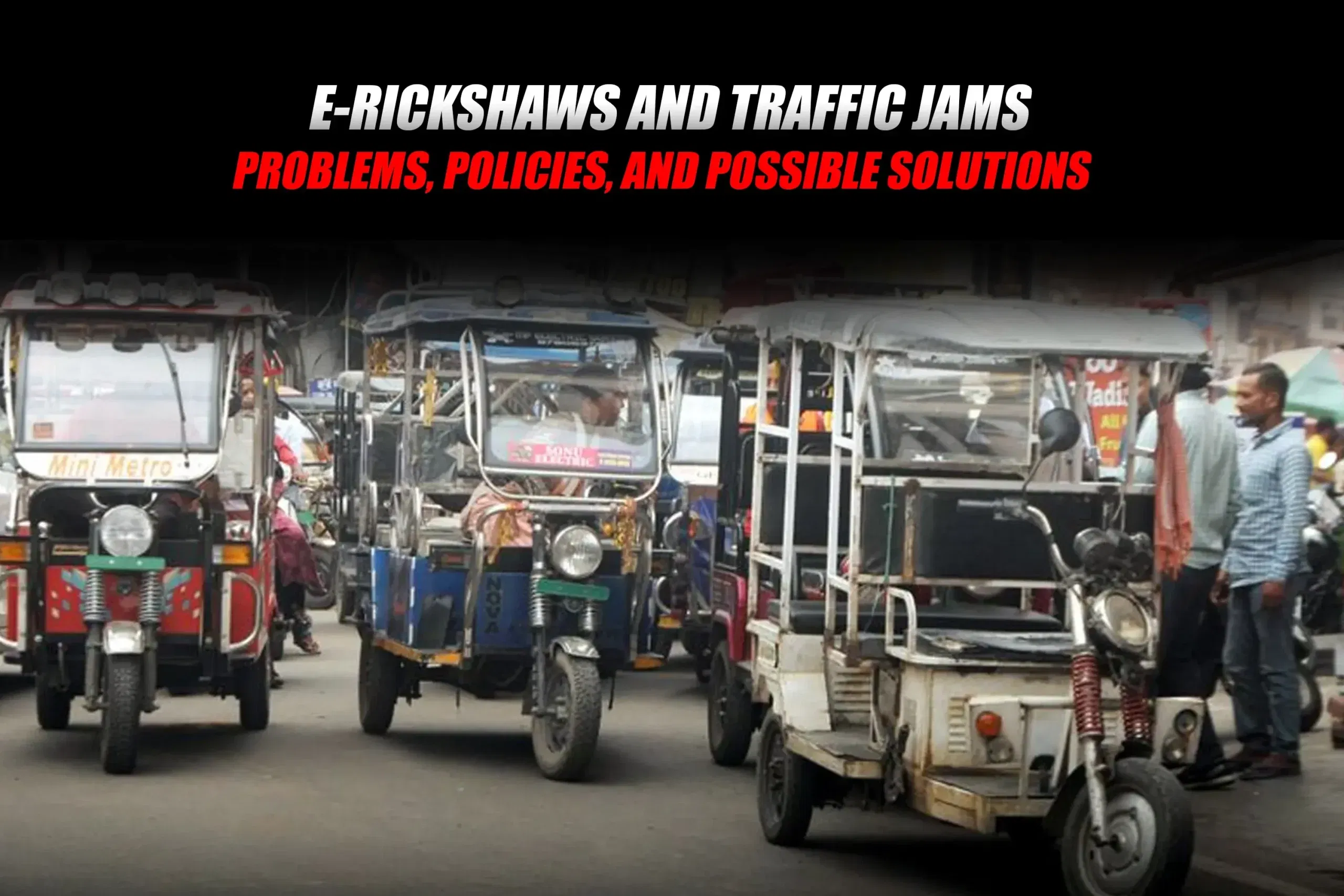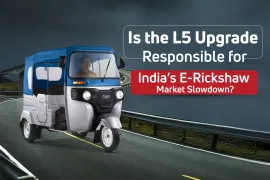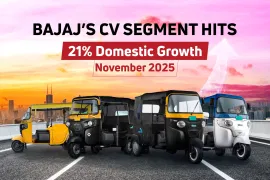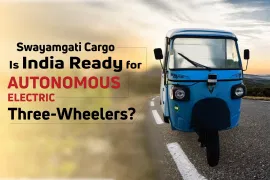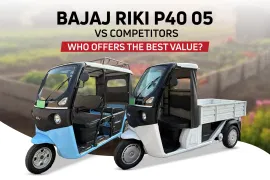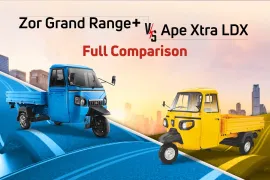As you walk down a busy Indian street, the first thing you are likely to hear isn't the blaring cars or speeding motorbikes. It's the gentle purr of e-rickshaws cutting through traffic. These electric commercial vehicles are now an integral part of city life. For working individuals, they are a lifeline, a quick way to reach the nearest metro station, a bustling market, or even home. They are an opportunity for drivers to earn a living due to their flexible working hours and low operating costs. But with increasing numbers, these easy-living electric rickshaws also contribute to worsening one of India's most irritating city issues: traffic congestion.
The Emergence of E-Rickshaws: Convenience and Opportunity
Consider Ramesh, a young driver in Delhi. He purchased an electric rickshaw with government assistance. He saves money on fuel and can drive into narrow alleys that larger vehicles could not. Office and school workers can board easily and enjoy how inexpensive and speedy it is for short outings. Thousands of drivers similar to Ramesh are joining this movement everywhere across India.
The appeal is evident. Electric rickshaws are good for the environment, save money, and make jobs. Municipal initiatives that support subsidies and make registration easier have sped up their use. In the past, buses and motorcycles ruled the streets. Now, e-rickshaws connect neighborhoods quickly and easily.
How E-Rickshaws Make Traffic Worse
They are very small vehicles, but they contribute greatly to the way traffic moves. Imagine a congested street market. Rickshaws frequently slow down in order to load passengers and sometimes do so in the middle of lanes. Cars behind them slow down, motorbikes change directions to pass them, and within a few minutes the road is congested. Alarmingly, some minors also operate these vehicles, often in a risky manner, endangering both passengers and other road users.
There are several reasons for this to occur:
- Speed mismatch: Most electric commercial vehicles travel at 25–30 km/h, while the rest of traffic travels faster, slowing down the traffic.
- Unplanned stops: Electric rickshaws don't have a fixed route, so they halt whenever they feel like it, making drivers who are behind them furious.
- Unauthorised parking: Street parking takes place by people near markets or bus stands without permission.
- Inexperienced drivers: Most drivers lack professional training, and this makes them change lanes abruptly and drive in an unsteady manner.
These small things make traffic move slower and test the patience of individuals who have to navigate busy roads every day.
Policies to Keep Growth and Traffic under Control
The authorities have taken several steps as they are aware that e-rickshaws serve two purposes:
- Licensing and registration: Motorists should be licensed, and vehicles should be registered as commercial to ensure they are accountable.
- Dedicated lanes: Municipal authorities are considering electric rickshaw lanes, which would allow faster traffic to move around without obstruction.
- Designated stops: Towns and cities designate pick-up and drop-off points to reduce halts on the road.
- Speed limits: Electric rickshaws must observe some speed limits so they don't obstruct other vehicles.
These regulations attempt to maintain the advantages of electric commercial vehicles while minimizing traffic.
Solutions for Smoother Streets
In order to make city streets safe, you require a combination of infrastructure, technology, and awareness.
- Improved infrastructure: Greater roads and improved signals ensure that rickshaws can use the same road as other vehicles with greater ease.
- Digital monitoring: GPS allows drivers to take the optimal route, thus reducing unnecessary stops.
- Training drivers: Educating drivers on road safety, traffic laws, and how to handle passengers in a respectful manner improves discipline.
- Public awareness: Commuters and drivers should notice sanctioned stops so lanes are not clogged unnecessarily.
- Incentives for off-peak hours: Off-peak hour incentives prompt e-rickshaw drivers to pick up work during less busy times, making rush hours simpler.
E-rickshaws are not just vehicles; they are tales of how individuals survive, how convenient they are to operate, and how they can make cities more sustainable. Their success indicates that they have opportunities and obligations. With wise regulations, infrastructure planning, and instruction, city roads may be transformed such that the e-rickshaws can benefit communities without contributing to traffic congestion.
Conclusion
Imagine a city in which electric rickshaws zip along the streets, passengers can board and disembark safely, and traffic flows smoothly. To make this balance occur, all parties, drivers, commuters, and officials must step up. Electric commercial vehicles can continue to offer affordable, clean transportation, enhancing lives, and making cities more sustainable without turning roads into jammed thoroughfares. With good planning and appropriate utilization, e-rickshaws can remain a significant part of India's urban centers that are centered on people.
For more articles and news, stay updated with 91trucks. Subscribe to our YouTube channel and follow us on Facebook, Instagram, and LinkedIn for the latest videos and updates from the automotive world!
Also Read:
Web Stories
Latest Three Wheelers News
Categories
91trucks is a rapidly growing digital platform that offers the latest updates and comprehensive information about the commercial vehicle industry.
